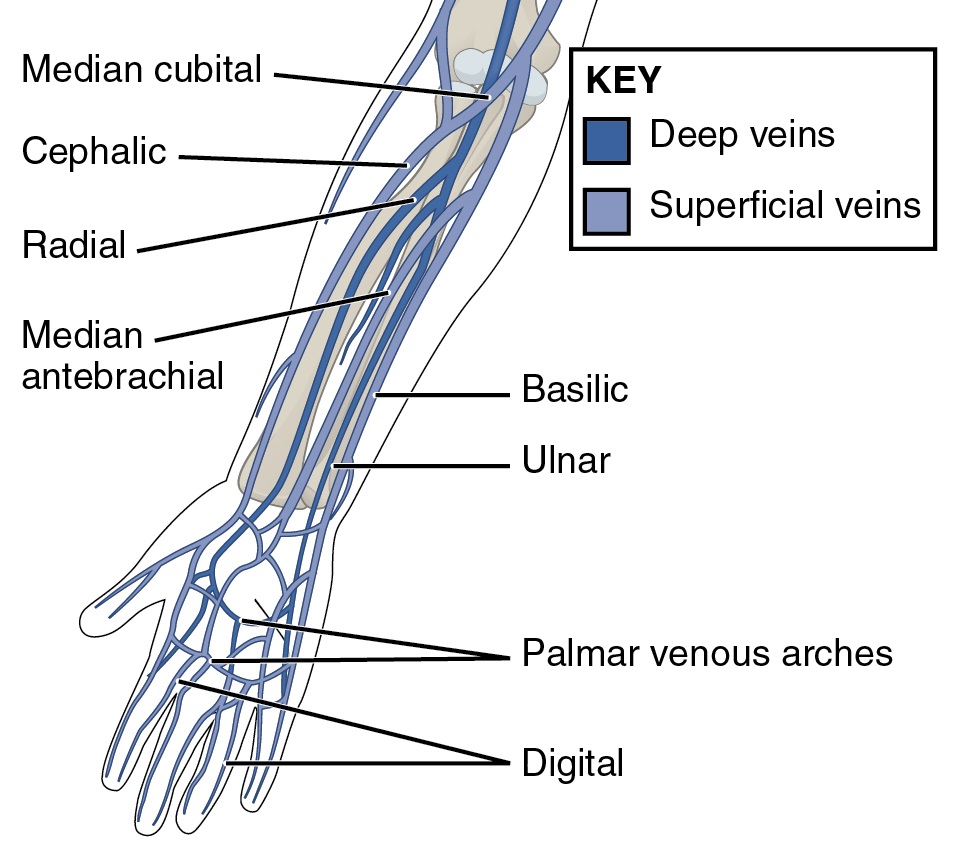
Is There a Relationship Between Forearm Size and Grip Strength?
Is there any strong association between forearm size and grip strength?
The answer is pretty diplomatic.
The answer could be yes
Again No.
Why yes? If you are a person with a big forearm, and your friend has a forearm that is not so big, then your big forearm has plenty of fat in its circumference which makes it bigger than your friend’s hand. Your friend may not have any fat in forearm circumference, so his forearms look smaller.

Some specialists say that people who have less fat in their forearms would probably have better grip strength because their muscles are bigger. It means your friend may have a significantly firmer grip than you even if he has smaller forearms.
Also some people are genetically blessed with firmer grip, though their forearms are small. On the other hand, if we check the world record of grip strength, all first liner grip guys have big forearms as they trained their forearm muscles to make their forearms stronger and bigger.
So, the answer could be yes or No depending on too many factors like forearm muscle size, genetics, and intensity of grip training
Before going deep into the fact let’s define grip strength
Grip strength is the biomarker of our muscular endurance. It is the measurement matrix of our overall health condition.
Grip strength is the total measurement of forearm muscular strength that comes up with max tension produced by a person’s forearm muscles.
Occupational therapists and hand therapists use it as a screening tool of measurement of upper extremity endurance and complete strength of body muscles. It is up to the mark when repetitive measurements are taken over stipulated time to track someone’s performance.
Large number of medical researchers reviewed that grip strength in midlife is the standard measurement of physical disability IN senior years that evaluates a patient’s future overall health conditions. To measure your overall grip strength you only require a hand-held dynamometer and hand grip strength tables.
Better grip strength helps a person to perform high intensity bodybuilding exercises. For doing pull-ups, deadlifts, bench-press, curls, arm wrestling, even for rock-climbing you must have strong grips as well.
However, to get strong forearms, you don’t require a special workout for grip, if you’re not a professional wrestler or a professional acrobat. If you wish to amplify your grip from existing exercise, you’ve to extend the contraction of the eccentric exercise.
Do you know why?
It is because gravity prevents you while you are lowering which gives you an opportunity to hold heavier weight, that means your hand grip is the only resistance that holds you from dropping down the weight.
So when you do a curl from next time, Perform that curl in such a way that the bottom of the curl touches your hands and stop it while it is positioned at 90 degree. Stop it lower and try to pull it with your full potential. The same is also applicable in case of Chin-up, and grip pull-up. Keep the length a few inches short and hang a little instead of fully releasing or letting it go. By doing this your forearm circumference will increase and your grip strength also boosts significantly. You can follow the same process with deadlifts by placing and holding the load on the top, then hold it for two seconds minimum, then gradually bring down the bar to the floor.
Here we pen down two scientific studies that reflects the clear association between forearm circumference and grip strength
Study 1: The forearm circumference and grip strength in a healthy population. The study has been performed among two hundred fifty persons, considering gender, age, sex, hand preference, along with anthropometric measurement. All parameters are recorded separately. Experts measured Grip strength using Hydraulic dynamometer. Male and female ratio was 172: 78. Twenty-six persons were lefty, which means having left hand dominant.
What they found: Hand grip is maximum at the age frame 35-44 years for male and female. Grip strength is obviously greater in male than women.
Forearm circumference is maximum for men, therefore, grip strength is higher in men. However, there is a huge range of forearm circumferences in the huge population. The study helps us understand a difference in forearm circumference more than two centimeters lead to a measurement of reduced grip strength.
Study 2: Second study has been performed in Saudi Arabia; It is all about hand grip strength determination in a healthy man: The medical review reflects the relationship between age, body mass index, forearm circumference, and hand length using a hand held dynamometer. The study was performed with 116 healthy males who had completed the basic inclusion criteria of study.
The study revealed that age has an inverse association with hand grip strength. Experts perform anthropometric analysis of hand length, forearm circumference, and age; They have accounted for 44.2% of variation of their grip strength against each considerable factor. Here the important conclusion they’ve made is hand length, forearm circumference, and age hugely affect the hand grip strength in Saudi Arabian adult healthy males.
From above studies we can understand that grip strength is variable; which may differ person-to-person and depends on too many factors. Though not everyone is blessed with enough grip strength, it can be developed by performing exercises with hand grip strengthening ball.
Apart from this, if you are interested to know more about Game Of Baseball then visit our Sports category.




